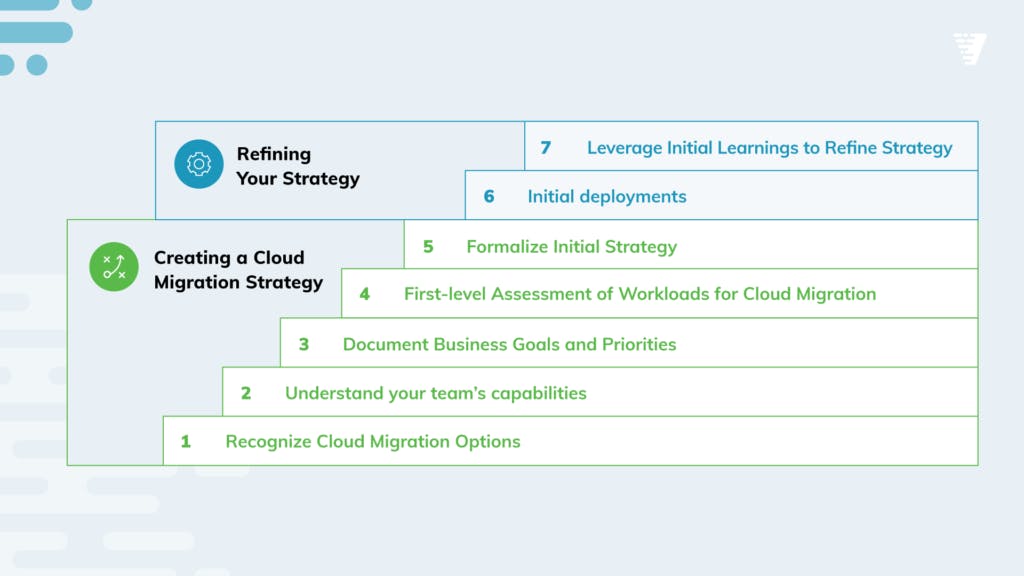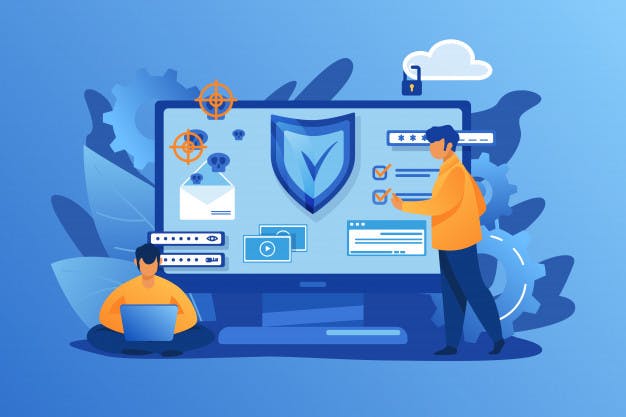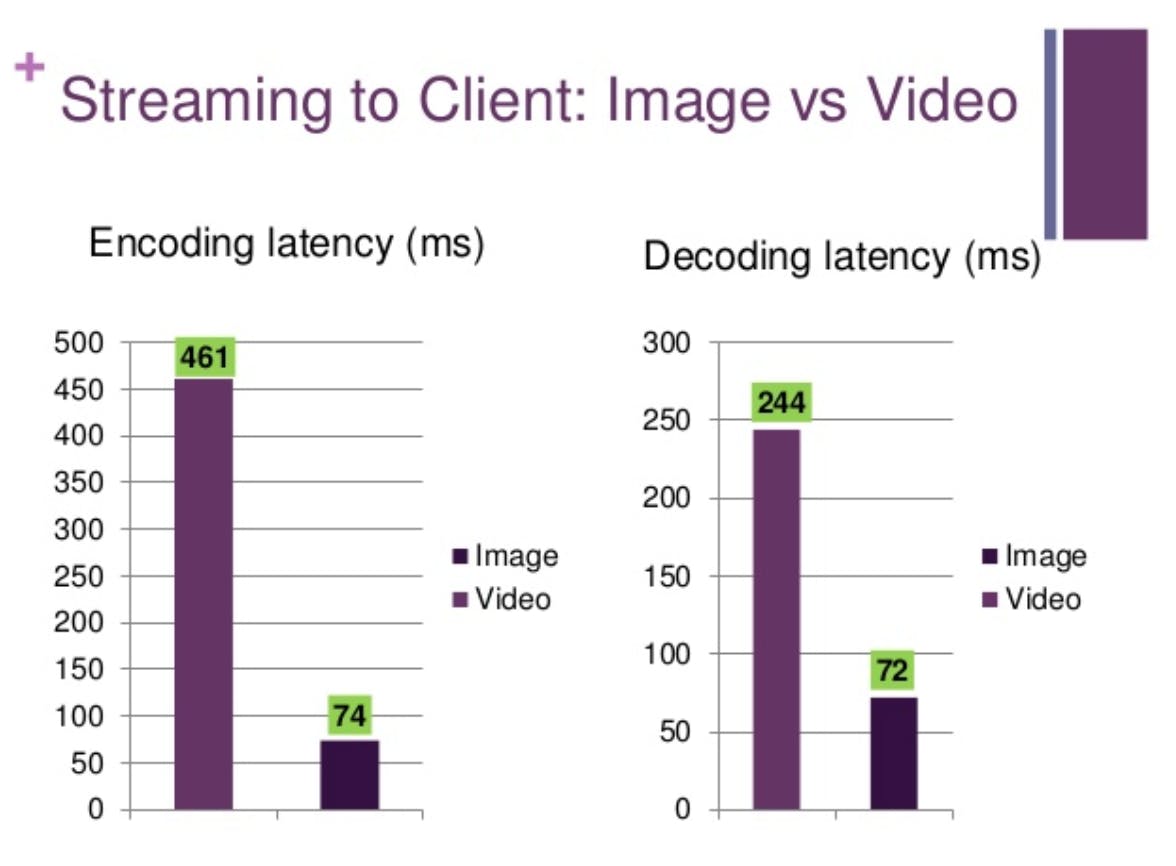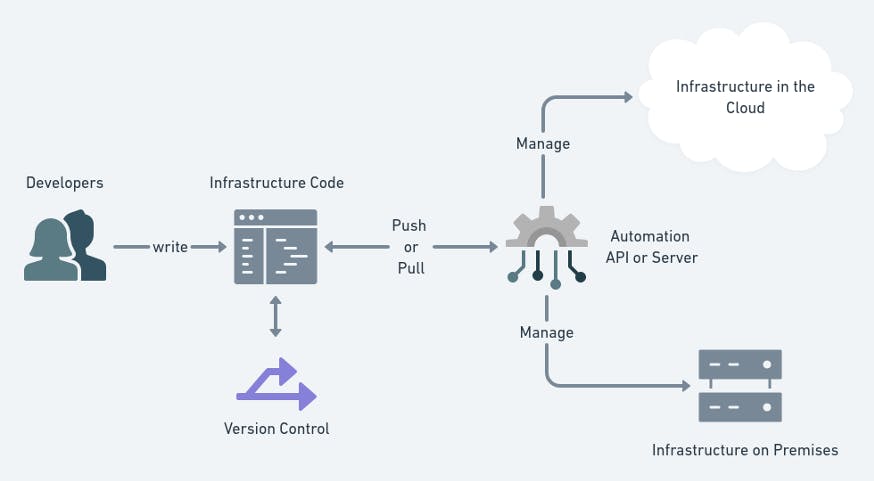Cloud has emerged as a game-changer for countless businesses working online. According to the 2019 Unisys Cloud Success Barometer , 92% of companies utilize cloud solutions at full capacity or prefer hybrid solutions (cloud + traditional servers).

However, the report highlighted another significant trend. One out of every three cloud migrations fails, without bringing ain't any benefit to the organization. That means all the costs spent on the migration, working hours, and resources are wasted and wouldn't bring any return.
Migrating to the cloud can turn out to be challenging for many businesses. The process can occur quite overwhelming if you don't have the required skills or experts in your team. Above all, you may get lost in the sea of services, architectures, deployments, refactoring models etc.
Needless to say, all organizations of any size may face cloud migration risks. But you can surely minimize your risks and make your migration successful if you are proactive and aware. It's always better to avoid the mistakes made by someone else ;)
Today, we are going to guide you through the major cloud migration risks that may come your way while migration to the cloud. Along with that, we will also provide solutions to allay fears about cloud computing.












